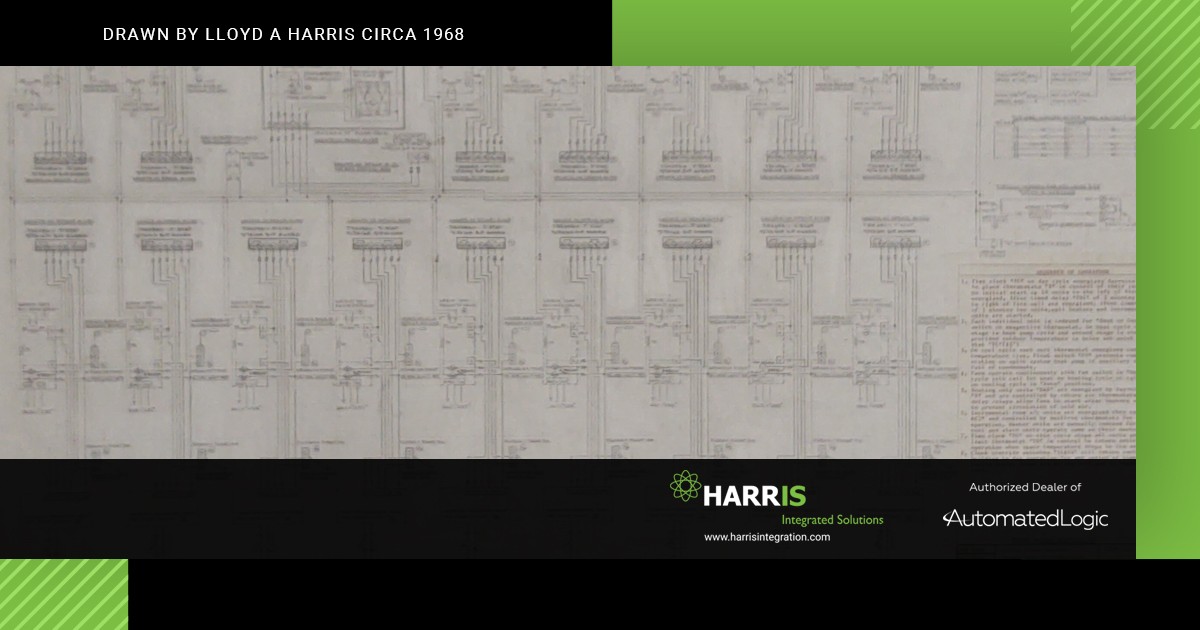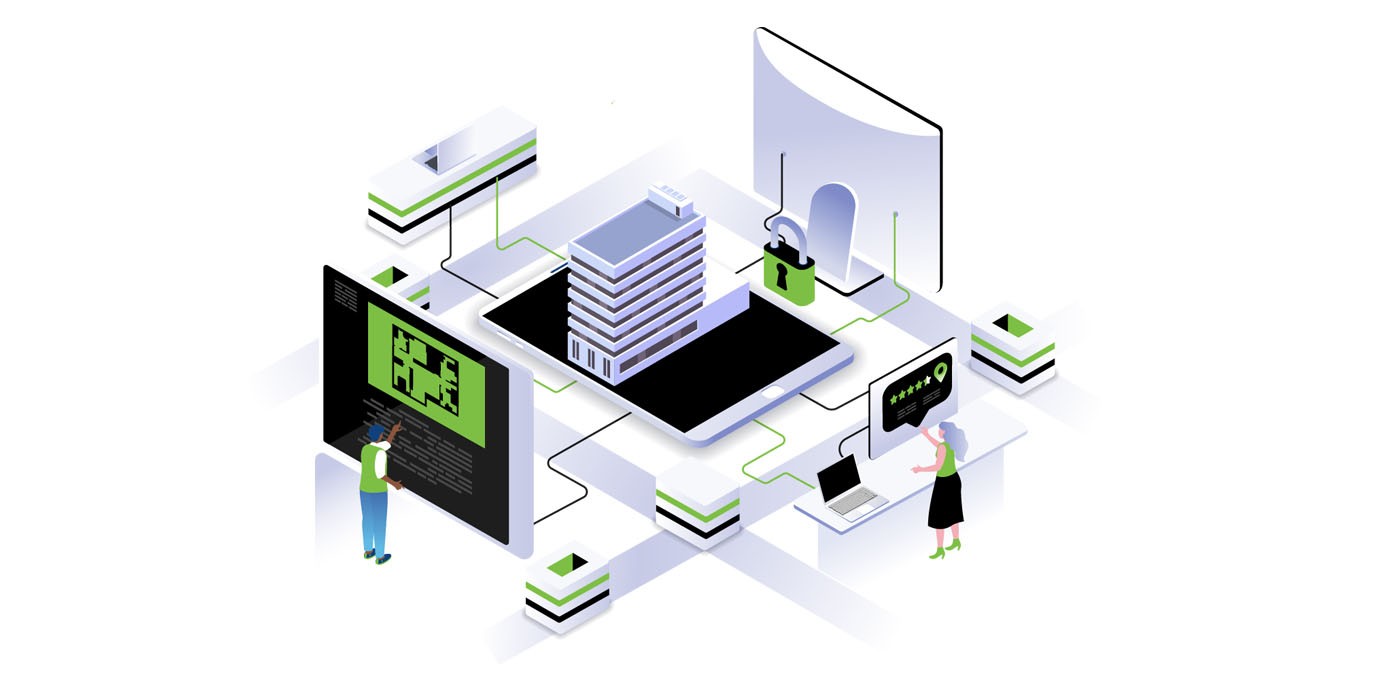In today’s fast-paced business landscape, companies are accomplishing more tasks with fewer personnel. Many organizations are now assigning dual roles to their HR or IT personnel, requiring them to become Energy Managers and operate Building Automation Systems (BAS). As a result, we are witnessing a surge in first-time users from diverse backgrounds seeking assistance.
Becoming a successful BAS user may seem daunting at first, but with daily practice and a solid understanding of the “Where, What, and Why,” anyone can excel. As a former BAS trainer, I have had the privilege of teaching individuals from various walks of life how to effectively navigate and utilize BAS. Contrary to popular belief, operating a BAS does not require an engineering or computer science degree. These systems are designed to be intuitive, although some may be simpler to operate than others. However, it’s important to note that understanding the system itself is not the sole challenge. Without comprehending the “Where, What, and Why,” operating the BAS will remain an uphill battle. So, let’s dive in.
Understanding the Where
The first aspect to understand is the “Where” – how to log into the system. Every BAS requires a username and password for access. While this step may seem straightforward, it is crucial to have the correct login information. Additionally, the process of gaining access can vary based on whether the BAS is a cutting-edge web-based system, requiring an IP address like 192.168.1.1 or a weblink such as www.myBAS.com for remote access; or an older system accessed through a dedicated computer terminal located onsite. Understanding the specifics of how to access the BAS is the initial step.
Focusing on the What
Next, let’s focus on the “What” – identifying the HVAC equipment controlled by the BAS. This task can be relatively simple. Upon logging into the system, the BAS should display a list of HVAC equipment, buildings, floors, or areas under control. Navigating the BAS involves understanding which HVAC unit serves each area through the control system. Mechanical drawings, such as M-sheets, can be invaluable in this regard. These drawings outline the equipment serving specific areas, enabling easier navigation. Creating a cheat sheet based on equipment numbers, like “TU-22” or “HP-22,” can also aid in finding your way within the system. If navigating the system independently remains a challenge, reaching out to your BAS provider for assistance is recommended.
Exploring the Why
Finally, let’s explore the “Why” – understanding the inner workings of the BAS and how it controls HVAC equipment. While not everyone possesses a technical background or an innate curiosity for understanding the intricacies, knowledge of how the BAS operates your HVAC equipment is vital for success. Mechanical drawings and control drawings with sequences of operation offer valuable insights into the control sequence and its underlying rationale. Familiarizing yourself with schedules and setpoints ensures that the time-of-day schedule is accurate. Armed with this information, you will gain a comprehensive understanding of the equipment, its intended operations, and the reasons behind its functionality.
Embracing the Journey
Becoming a successful BAS user does not require specialized degrees or technical expertise. By practicing daily and mastering the “Where, What, and Why,” you can navigate and leverage the power of Building Automation Systems effectively. Remember, if you encounter challenges along the way, there are resources available, such as mechanical drawings and support from your BAS provider. So, embrace the journey, and unlock your potential as a skilled BAS user/manager.

Billy Blackburn, ACEM | Business Development Manager
A 30-year veteran of the HVAC and DDC Control Industry, Billy Blackburn, ACEM, is the Coastal Area Account/Business Development Manager for Harris Integrated Solutions.
He is a former factory certified centrifugal chiller technician and manager; is Allen Bradley PLC certified; and is a Network Plus and factory certified DDC control technician, trainer, and salesperson. Blackburn is based in Summerville, SC.

Billy Blackburn, ACEM | Business Development Manager
A 30-year veteran of the HVAC and DDC Control Industry, Billy Blackburn, ACEM, is the Coastal Area Account/Business Development Manager for Harris Integrated Solutions.
He is a former factory certified centrifugal chiller technician and manager; is Allen Bradley PLC certified; and is a Network Plus and factory certified DDC control technician, trainer, and salesperson. Blackburn is based in Summerville, SC.








